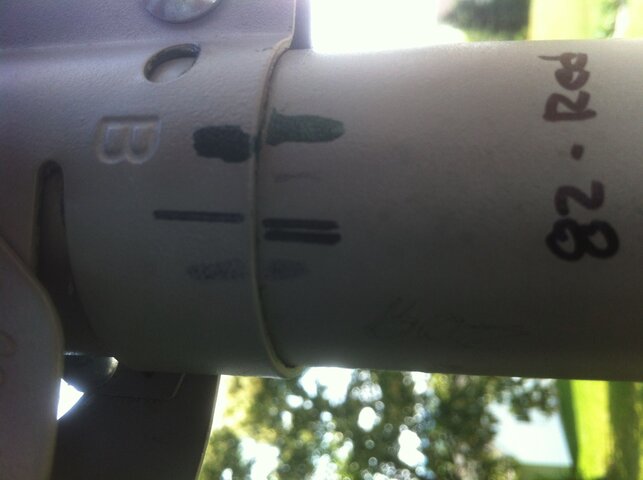DISH DETAILS: After market 84 cm (33") dish with 3 LNB's for watching BELL (ExpressVu). The LNB for 91° is in the center, the 82° LNB is on the left (when viewing the dish from the satellite's perspective).
INSTALLATION: The same elevation works for both 91° and 82°. The 91° bird can be received with a skew between 40° to 92°. The 82° bird can be received with a skew between 62° to 72°. Signal strength ranges between mid 50's to mid 70's. Using an iPad and multiple augmented reality aiming apps there are no obstructions.
PROBLEM: Need to change the Azimut slightly to switch between 91° and 82°. Although the adjustment is slight, it's large enough that I'm unable to receive both 91° and 82° at the same time.

QUESTION: What am I doing wrong?
INSTALLATION: The same elevation works for both 91° and 82°. The 91° bird can be received with a skew between 40° to 92°. The 82° bird can be received with a skew between 62° to 72°. Signal strength ranges between mid 50's to mid 70's. Using an iPad and multiple augmented reality aiming apps there are no obstructions.
PROBLEM: Need to change the Azimut slightly to switch between 91° and 82°. Although the adjustment is slight, it's large enough that I'm unable to receive both 91° and 82° at the same time.

QUESTION: What am I doing wrong?

